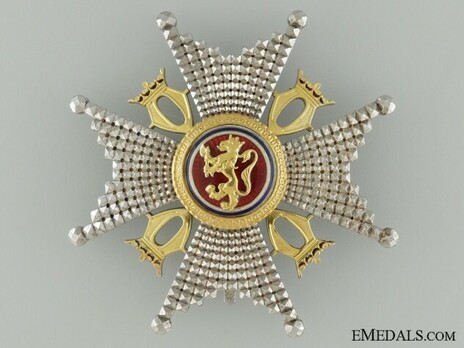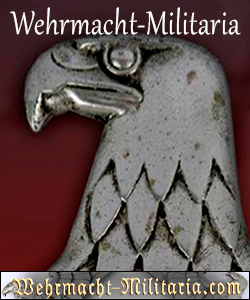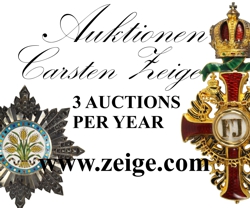Order of St. Olav, Military Division, Commander Breast Star (1894 stamped "J.TOSTRUP - KRISTIANIA")
CATEGORY: Version
SKU: 01.NOR.0102.205.01.001
Estimated market value:

Estimated market value:
Established by King Oscar I of Norway and Sweden, this Order was instituted in commemoration of the Patron Saint of Norway, Saint Olaf, who died in the battle of Stiklestad in 1030. Initially, this Order was only awarded to Royals (including foreign Royals), Heads of State and Foreign Nationals. In 1985, the Order began to be awarded to Norwegians and foreigners for outstanding achievements rendered to the country and humanity, but since this amendment Norwegian citizens have been the sole recipients of the Order, with honourary membership offered to Royalty and foreign Heads of State. The Norwegian Order of Merit was instituted in reaction to these new membership standards, and it is conferrable upon foreign citizens and Heads of State. (See NOR102 for more details)
The King confers the Order by the referral of a six-member commission. This commission consists of a Lord Chamberlain, who serves as treasurer, a Chancellor, a Vice Chancellor, and three additional Officials. The King approves the members chosen by the Lord Chamberlain. Nominations are appointed to the commissioner by the county Governor.
Throughout the history of the Order the insignia has underwent many minor changes.
At its initial institution, the Order was composed of three classes, the Grand Cross, Commander (with star) and Knight. On July 19, 1873, the day after King Oscar II’s Coronation in Trondheim, the Commander Class was divided into two classes, the Commander I Class (with star), and the Commander II (without star). This new Commander Class was not awarded to Norwegian citizens until 1891, as before then it was exclusively conferred upon foreigners. From 1882-1905, the Collar of the Order was automatically conferred as supplementary insignia to the Grand Cross, but in 1906 it was acknowledged to be its own class. In 1890, the Knight Class was divided into Knight I Class and Knight II Class. From 1890-1906, the Knight II Class was only conferred upon foreigners, in silver. In 1935, the Commander I Class was renamed the Commander with Star.
In 1915, the Knight I Class was awarded for the first time to a non-royal woman.
In 1928, foreigners were eligible to receive the Commander I Class Star (excluding the badge).
From 1855 to the 1890’s, all classes of the Order could be awarded with diamonds in recognition of a special distinction. The diamonds encircled the lion in the center of the Cross, replacing the normal blue and white enamel, also, the tips of the crosses arms were studded with one diamond each, as well as a studded crown. Versions of the insignia with diamonds have not been conferred since the reign of King Oscar II.
The Order was abolished in 1821, but revived by King Haakon VII of Norway and Sweden on June 9, 1906. After the extinction of the Order of the Norwegian Lion, the Order of St. Olaf was the only existing Order of chivalry in Norway for 80 years.
When conferred upon individuals in the military the insignia is conferred with crossed swords beneath the crown, the insignia with swords may be known as the Military Division.
The insignia are returned to the state upon the death of the original recipient, or when the recipient has been awarded a higher rank of the Order, with the exception of insignia awarded with diamonds.
The reigning monarch of Norway is the Grand Master of the Order.
The reverse inscription translates to “Justice and Truth”, which was the motto of King Oscar I.
When the Order was initially instituted the insignia was commonly manufactured by J. Tostrup in Norway. From 1883, common manufactures credited for the insignia until the end of the 19th century are as follows: Johan Lund, Oluf Tostrup, Gustav Gaudernack, David Andersen, and Torolf Prytz. During the Second World War, the insignia was manufactured by Spink & Son, in London, England. From 1994, the manufacture of the Order has been the Tostrup-Gardens Silversmith in Oslo, under the name of jeweler David Andersen.
The Commander (with star) is awarded to Major-Generals, Rear-Admirals, Vice-Admirals, Parliamentary Vice-President, High Court Judges, Departmental Ministers, and those of comparable rank.
The Commander (with star) of the Order is worn on a necklet, with the Star of the Order.
The Commander (with star) and the II Class Commander, are the same insignia but the Commander (with star) is differentiated by being awarded with a breast star.
The II Class Commander may also be known just as the Commander.

Comments
Sign in to comment and reply.


Scroll Top